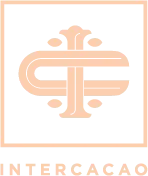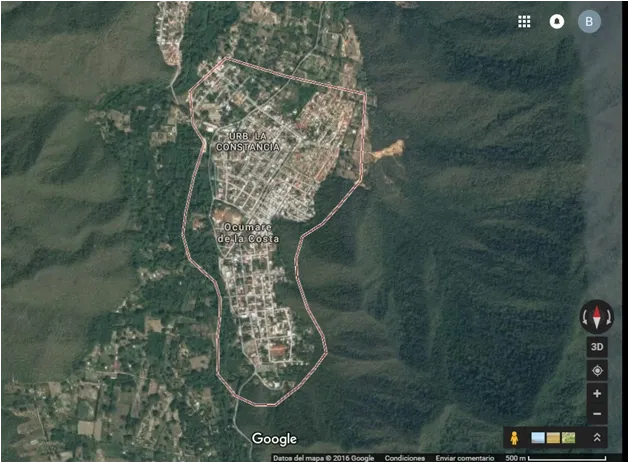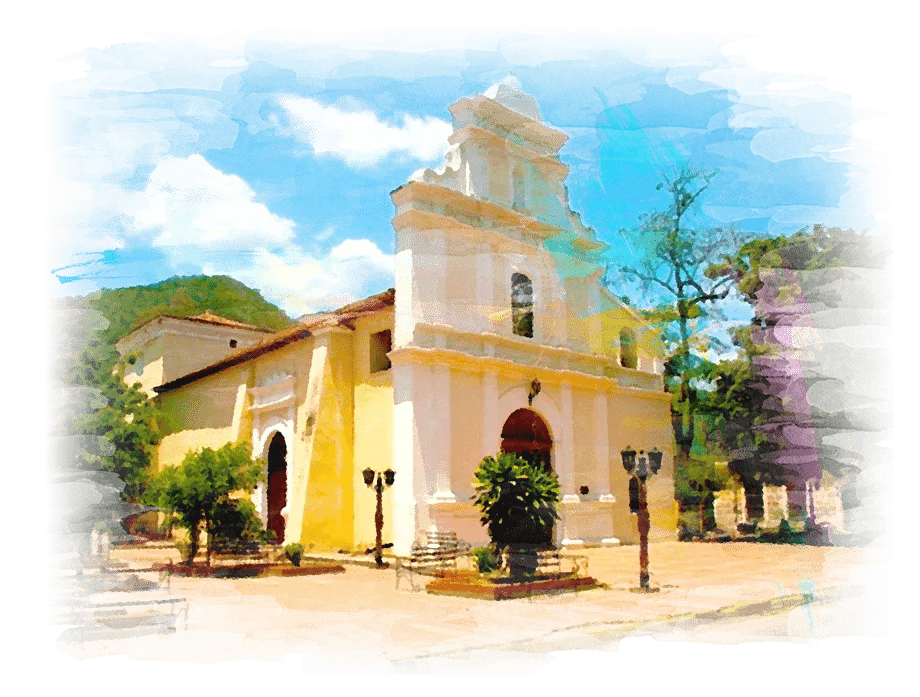
cacao gourmet
ocumare fino
Evaluation 2.0
SWEET FRUITY 1.3
CITRUS FRUITY 2.2
FLORAL 0.5
CREOLE 0.4
COCOA 3.4
WOODSY 0.0
SPICES 0.0
ANNUAL PRODUCTION (MT) 3
MAIN HARVEST OCT-JAN
MID HARVEST MAY-JUL
CREOLE BEANS 20%
FERMENTED BEANS 82%
VIOLET BEANS 10%
SLATE BEANS 8%
TOTAL 100%
Beans / 100g: 80
g./1 Bean: 1.25 g
CERTIFIED NO
AWARDS NO
Physical and Organoleptic Characteristics
Positive Flavors
Tropical Fruits
Flowers
Malt • Panela • Nut • Caramel
Cocoa
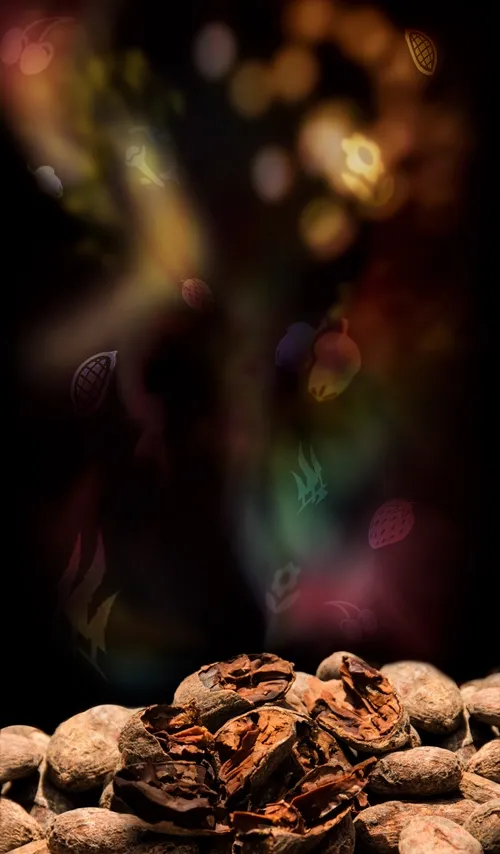
Assessment
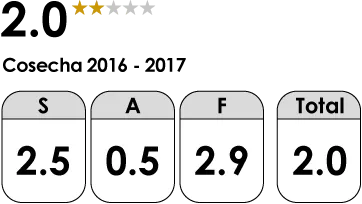
S = Flavor:
MEDIUM Denotes a light fruity flavor
A = Aroma:
LOW Floral essences
F = Fermentation:
MEDIUM Moderate astringency and bitterness

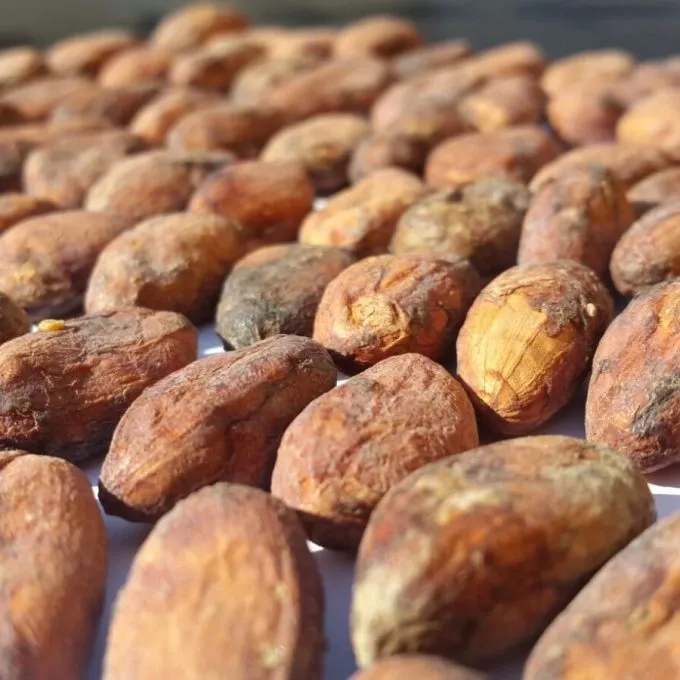
Cut Test Analysis
The Ocumare bean has particular characteristics due to its high Trinitario ancestry and moderate Creole genetics, as well as its quality standards. Cut test results show (±20%) Creole beans, (±82%) fermented beans with (±10%) violet beans and (±8%) slate beans.
Regarding weight, beans typically contain 80 almonds per 100g weight; meaning each almond weighs 1.25g.
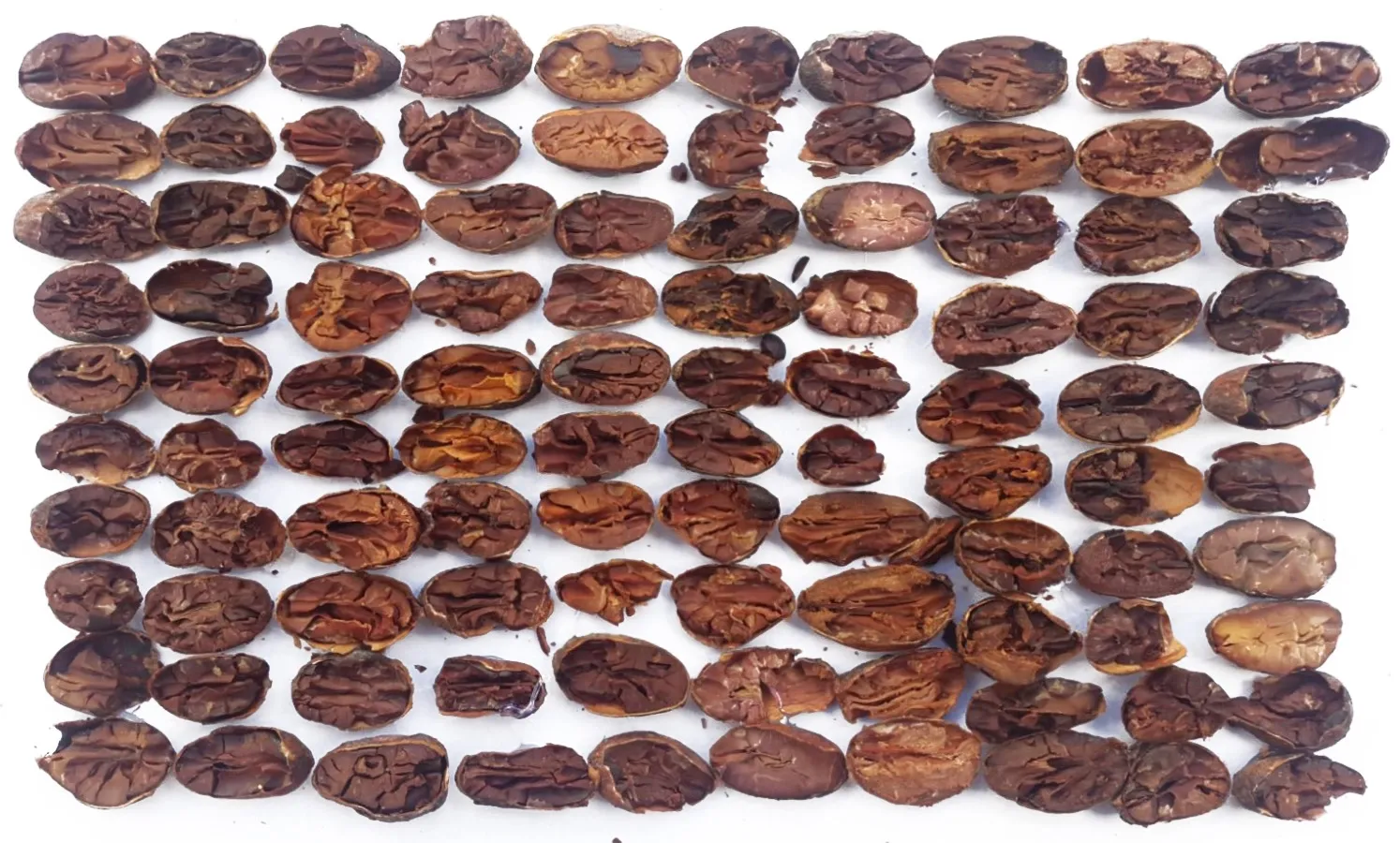
Flavor Map
The genetic material of Ocumare cocoa constitutes a modern Creole, highlighting nutty and panela/malt flavors that give it highly desirable flavor attributes.
The soft to moderate intensity of acidity combines with sweet tropical fruit notes over a moderate cocoa base of 3.4.
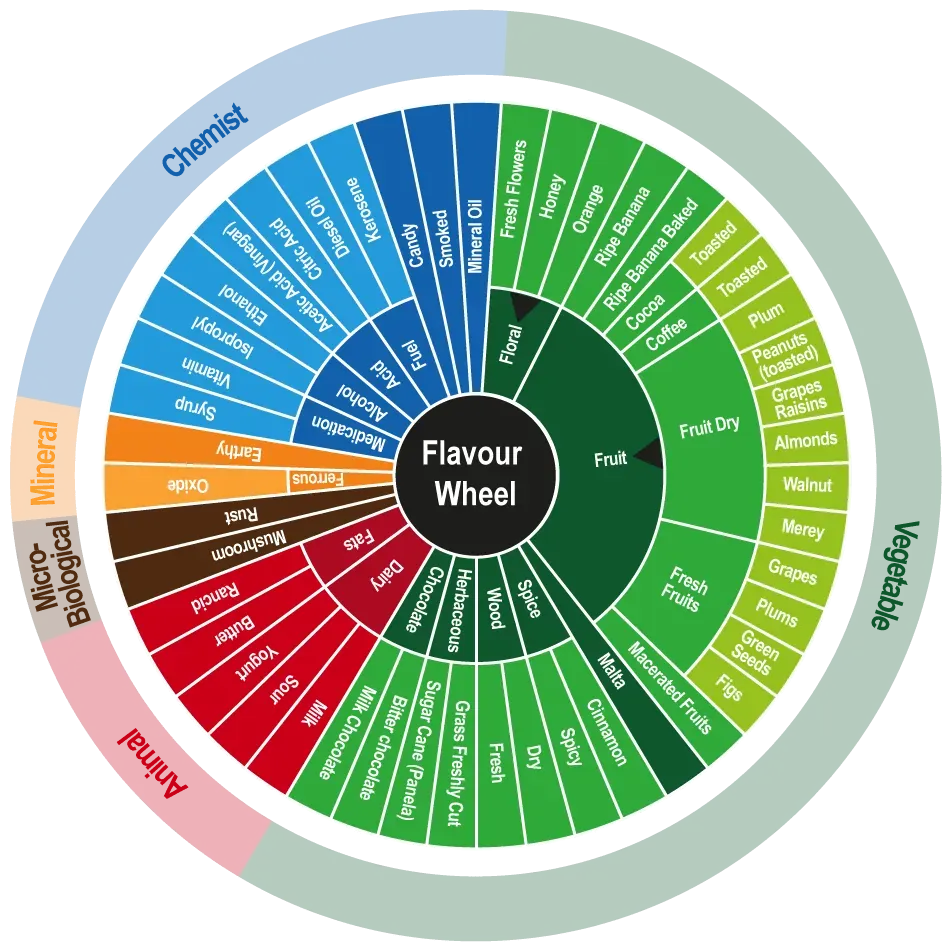
Sensory Map
The most prominent characteristic flavors in this profile include nutty, fruity and floral notes over a moderate cocoa base with interesting bitterness that provides good character and desired persistence.
It is essential to maintain all conditions that enhance this combination of Creole attributes with Trinitario flavor notes. This is the classic profile of modern Creoles.
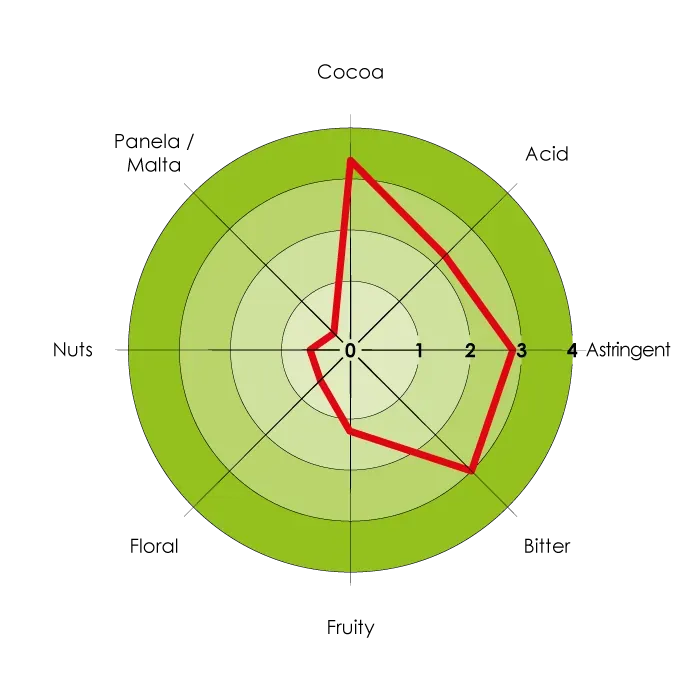
Post-Harvest Processing
Fermentation Protocol
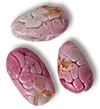
Trinitario &

Trinitario &
Fermentation Days
-
Box type: Wood
-
Turning frequency: First day/24 hours, second day/48 hours, checked on 5th-6th day before patio exposure
-
Fermentation method: Beans wrapped in banana leaves.
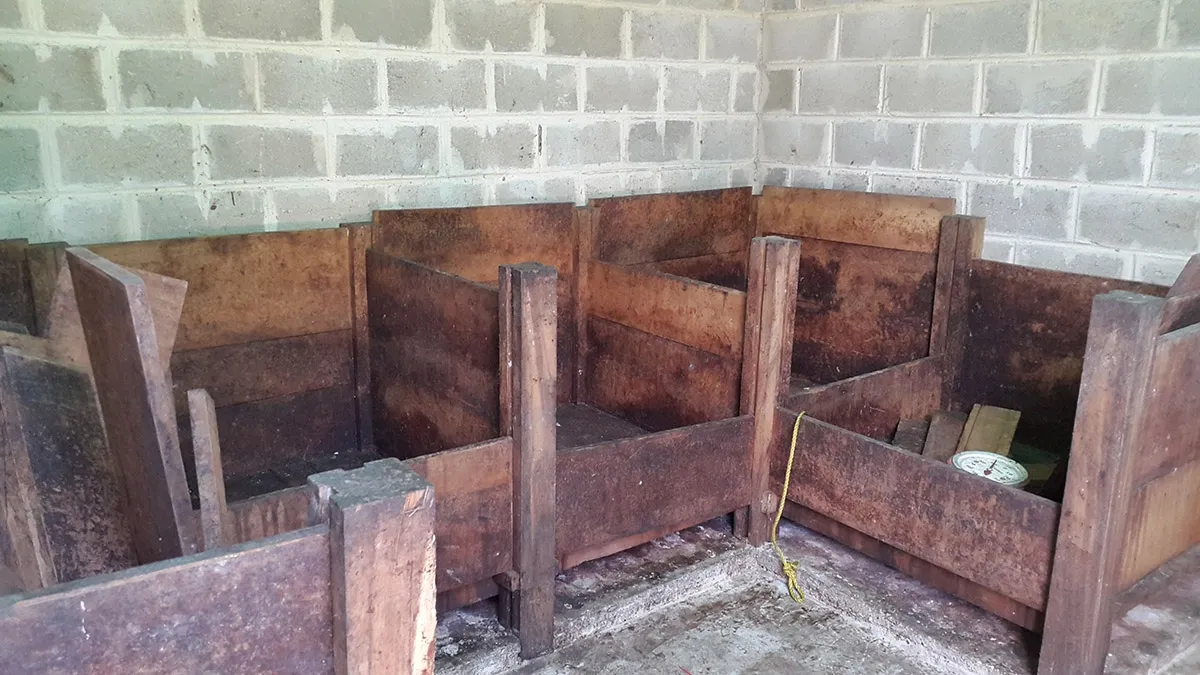
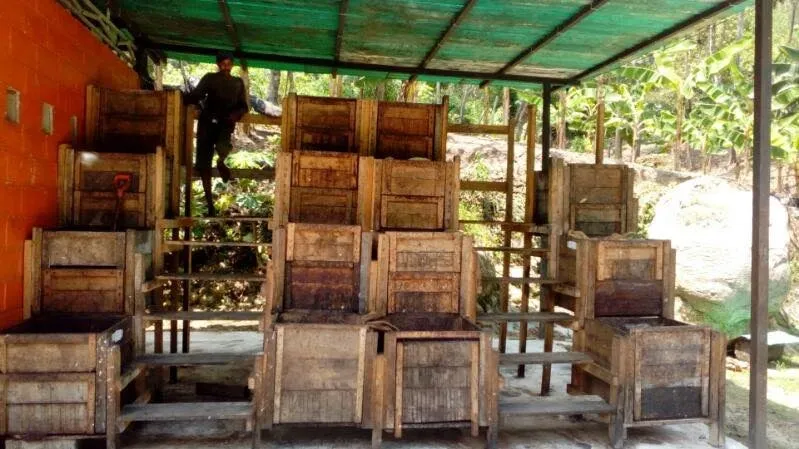
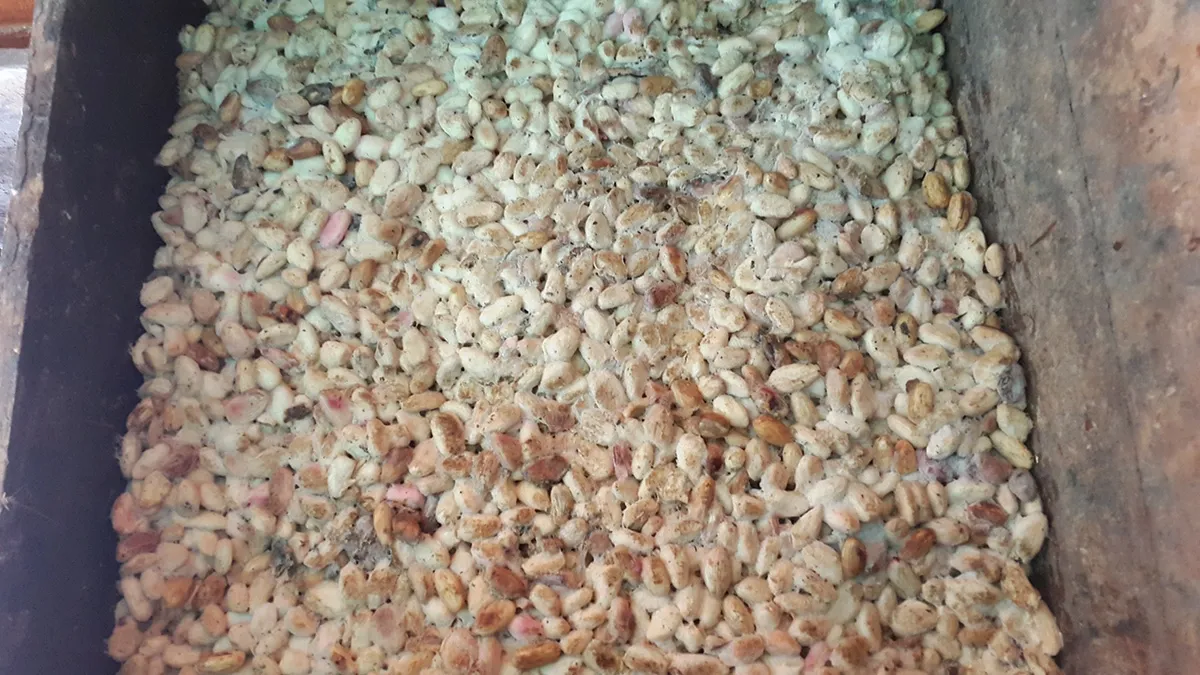
Drying Protocol
Cocoa Type
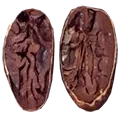
Trinitario &
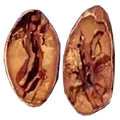
Trinitario &
Drying Days
4 to 6 days
Drying Techniques
-
Floor type: cement/concrete
-
Moisture: Between 7.5% and 8%
-
Drying method: Beans are turned every 6 hours
-
[object Object]
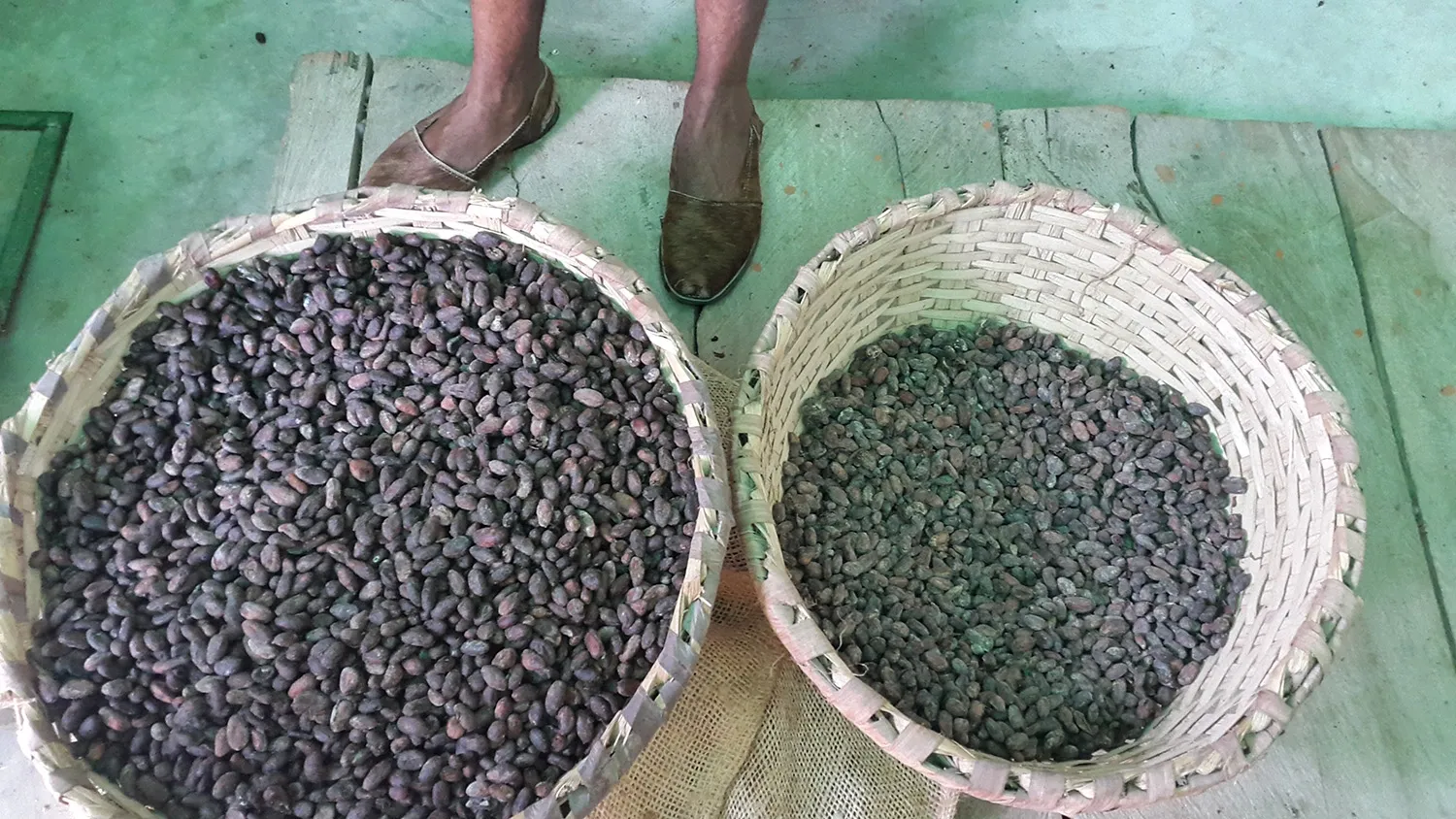
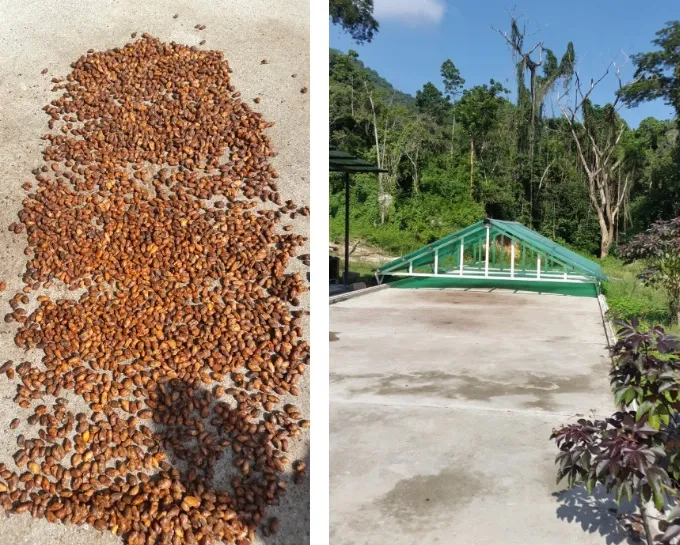
Traceability
certifications and awards
Ocumare has a population of 13,043 inhabitants with significant agricultural development, particularly in cocoa cultivation with high Creole ancestry and Trinitario genetics.
Among its residents is Mr. José Lugo, a 52-year-old cocoa producer who has worked the land for 41 years as a family tradition. His entire family unit works the plantation, including his 3 children, with additional hired help during peak production.
Currently, Ocumare produces 3,000 kg annually of premium cocoa across two harvest seasons: main harvest from October-January and mid harvest from May-July.
Additional economic activities include tourism development due to high potential in this area, significant fishing industry, and cultivation of other crops like oranges, avocados, cassava, and plantains.
No chemicals are used in bean cultivation, resulting in completely natural production.
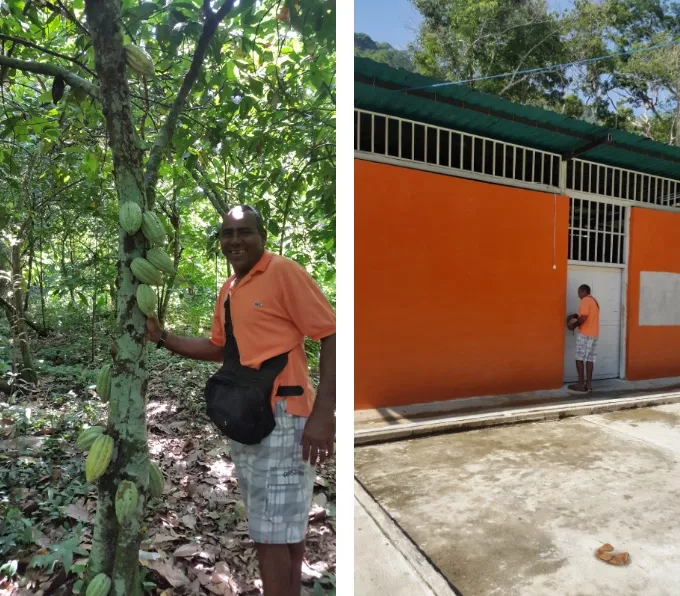
Geographical Location and Ecology
Geographical Location
- Country: Venezuela
- State: Aragua
- Municipality: Ocumare de la Costa
- Area: 160 km²
- Average Altitude: 13 m.a.s.l.
- GPS Coordinates: 10°29′10″N 67°46′21″W
- Inhabitants: 13,043
Ocumare de la Costa is a Venezuelan town located 43 kilometers from Maracay city, at the northern tip of Aragua State. Situated along the Costa Mountain Range, it shares natural features with Henri Pittier National Park.
Ecology
Ocumare de la Costa features diverse vegetation ranging from dry tropical forests with xerophilous species to humid forests with hydrophilic plants, depending on microclimates.
The mountainous terrain includes coastal valleys of the Ocumare, San Miguel, Cata and Guarapito rivers.
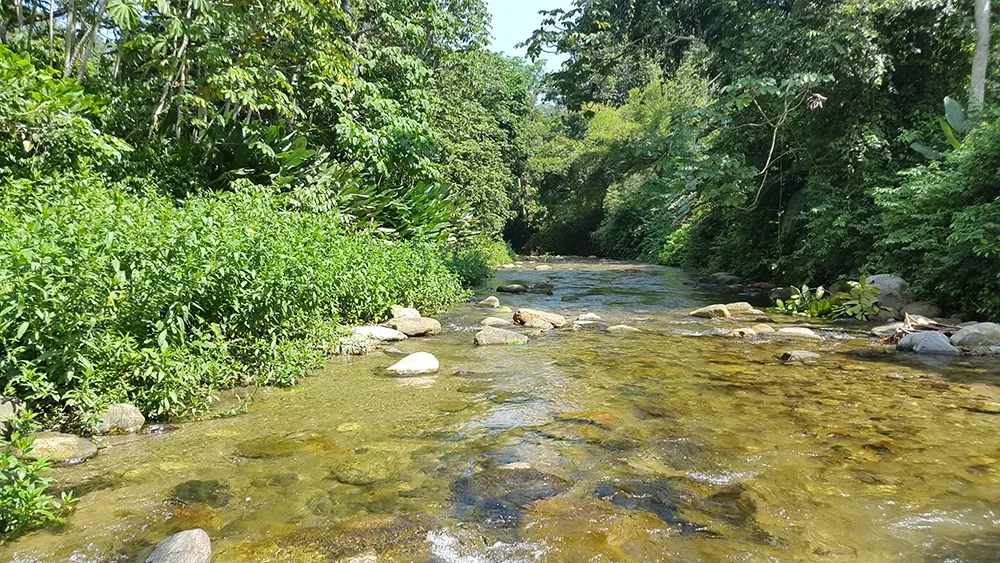
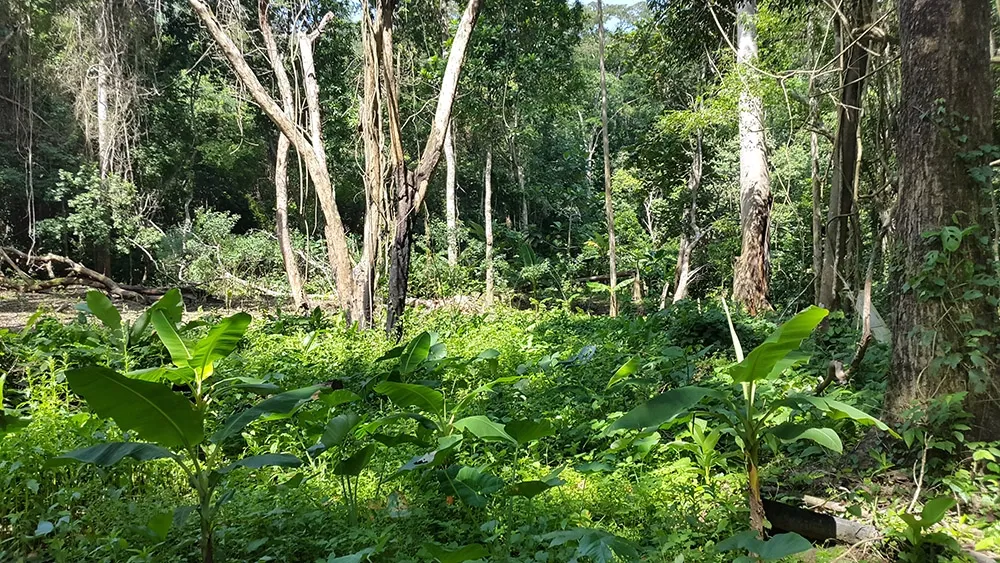
History
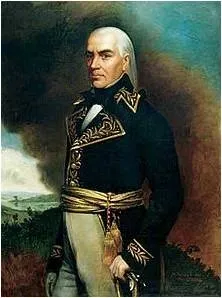
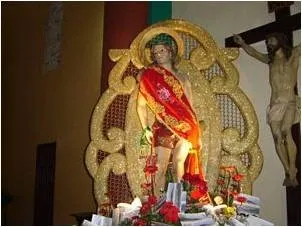
Ocumare de la Costa is a warm, small town rich in colonial history, evident in its narrow streets and traditional house structures.
Originally inhabited by indigenous groups led by Chief Barriga, it later became a cocoa plantation encomienda under Captain Lorenzo Martínez Madrid in the colonial era.
The town flourished as a cocoa plantation from 1721. Historical records note Francisco de Miranda's attempted landing on April 27, 1806 during Venezuela's independence struggle.
Officially established on June 16, 1766 in the San Sebastián de Ocumare valley, the town's church was built amidst extensive cocoa plantations under orders from Caracas Bishop Diego Antonio Diez.
Residents preserve rich traditions like the San Sebastián celebrations, Dancing Devils rituals, and drum ceremonies honoring Saint John the Baptist.
